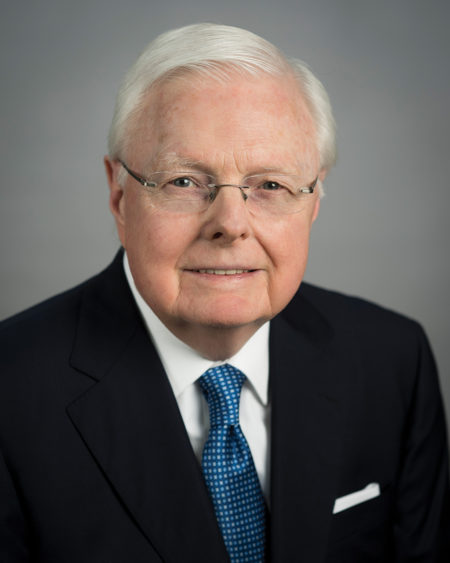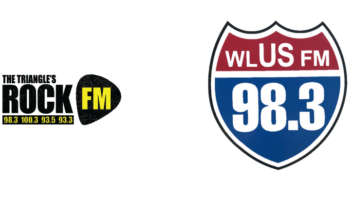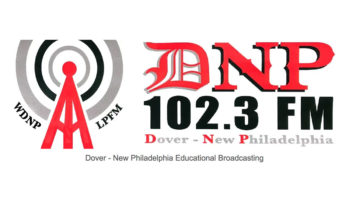An FCC order that took effect in August provides for non-adjacent channel changes for FM translators that are experiencing interference issues caused or received.

This will be very helpful in smaller markets to resolve interference complaints and where excessive incoming interference seriously limits coverage. Unfortunately, there are no available frequencies in most medium and large markets.
On the other hand, the final rules provide protection from translator interference to existing facilities out to their 45 dBµ contour, an increase beyond their defined maximum class protected contours from 17.6 miles to 35.2 miles for a Class A, 40.4 miles to 53.6 miles for a Class B and 57.1 to 83.5 miles for a Class C.
When combined with the procedures whereby complaints may not be challenged, as few as six determined complainants at the edge of those contours (and only three for an LPFM) can cripple or kill a translator — a powerful weapon in the hands of overzealous stations seeking to protect the “owner’s contour” or eliminate competition.
BIG RADIO SPOKE UP
In its original Notice of Proposed Rulemaking, the commission presented a very well reasoned and balanced proposal to limit interference complaints to the 54 dBµ contour, which appeared to recognize the changed role of FM translators in the modern broadcast radio landscape, where some 8,000 FM translators are operating or authorized, many serving to sustain local service of AM stations.
The commission stated in that proposal that its goal was to “provide translator licensees [with] additional investment clarity.” The commission asserted that it was (emphasis added):
[c]larifying the process and balancing the interests of the various services involved … we must not only balance the needs of translator, low-power FM and full-service licensees, but also [the technical integrity of the FM band]. We believe that the measures adopted herein strike a balance between managing FM band spectrum, providing greater certainty for translator operators, and preserving existing protections for full-service stations … .
However, like the cattle barons of the Old West defending grazing rights to the open range and opposing homesteads, Big Radio once again came forward in full turf protection mode, opposing the commission’s proposal (just as they have opposed and stalled the FCC’s very reasonable and rational proposed modification of AM daytime allocations, which were supported by some of the industry’s most respected engineers).

They advocated an incredible 39 dBµ contour limit, citing interference concerns for audiences well beyond their protected contours with purported radio listening data. It is noteworthy that their audience data was based on “cume” (five minutes listening per week) and ZIP code centroids for “panelists home addresses” (see Beasley Media Corp., et al, comments at footnote 13).
Such data is at best exaggerated and misleading given the size of ZIP code areas, many extending across a 6 dB contour span, and the presumption that the home address represented the location of a significant portion of their listening. Since these data are from the larger PPM markets, it seems reasonable to expect that much of the five-minute “cume” listening is spent in transit to those markets at contours far greater than 45 dBµ.
The commission relied heavily on this data, and in doing so failed to achieve its stated goal of balancing the interests of translator audiences.
GAMING THE SYSTEM
To actually effectuate the balancing that the NPRM proclaimed was taking place between the interests of FM translator listeners and other station listeners, it would have been necessary for the commission to do a comprehensive engineering study of all authorized FM translators determining the impact of limiting their interference contours (25 dBµ co-channel and 39 dBµ first-adjacent channel) to the new 45 dBµ protected contours for FM stations.
That data could have informed a fair and balanced evaluation of the alternatives weighing the relative impacts on translators and FM stations, something the current FCC decision failed to do.
I studied the potential impact of the new rules on the Louisville, Ky., market. The 45 dBµ limit would put into jeopardy the continued, viable service from nine of the 10 currently authorized Louisville market FM translator stations.
If interference complaints were pursued under the FCC’s strict, no-recourse procedures, six would be ordered to discontinue operations. Three would be forced to power levels ranging from 5 to 21 watts ERP. Only one would not be in jeopardy from a full-service station interference complaint (see my ex parte comments in docket 18-119). I have since evaluated a number of small- and medium-market translators with similar results.
Under the combined effects of the extreme 45 dBµ contour limit and the new non-recourse complaint procedures, some full-service stations will “game” the system to obtain complaints that once established are not subject to challenge.
Now, a full-service station or existing translator or LPFM wishing to eliminate an FM translator for any reason will be able to work backwards by first identifying the area in which there will be, as an engineering matter, predicted interference. Then the full-service station simply identifies listeners who, at least twice a month, drive or travel through that predicted interference area, and obtains from such listeners the required signed form.
If, after signing the form the listeners are instructed to say nothing more and accept no interference remediation, then under the FCC’s new strict procedures, the only interference remediation possible where alternate frequencies are not available is a substantial facility impairment or cessation in operations for the besieged FM translator.
Allocated service areas have been clearly differentiated in the longstanding processes developing the FM allocations system. The dramatic extension of those service areas out to 45 dBµ is clearly inconsistent with the dictates of §307(b) of the Communications Act, which requires that the FCC “provide a fair, efficient and equitable distribution of radio service” to each of the states and communities. It could be argued that translators also represent an efficient use of the spectrum for communities using the unallocated, open grazing areas of the FM band.
The 45 dBµ contour is neither fair nor balanced. After all, authorized LPFMs only have to protect stations’ 70 dBµ or in some cases the 60 dBµ contour, and are effectively immune from interference complaints. LPFMs may defend their 45 dBµ contour from translator interference but are themselves de jure exempt from the reverse.
The 45 dBµ limit is also at odds with the Local Community Radio Act, which requires equal treatment of translators and LPFMs. Since translators are clearly not intended to be “secondary” to LPFMs, it does not seem defensible to extend 45 dBµ protection to them or currently operating translators for that matter.
It all comes down to what is best overall for today’s radio listeners. The FCC only considered a discrete, small number of radio listeners well outside the allocated coverage contours of existing stations in its decision. It wholly ignored FM translator radio listeners. Perhaps there was a compromise contour that was fair and balanced; 45 dBµ is neither, nor supportable as such as the commission lacked the data with which to make a reasoned decision. As shown with the Louisville example above, the new interference rules have the potential for dramatic and unintended consequences.
Charles M. “Chuck” Anderson is a broadcast engineering consultant with more than 35 years experience. He owns FM stations and FM translators.
Comment on this or any story. Email [email protected] with “Letter to the Editor” in the subject field.






